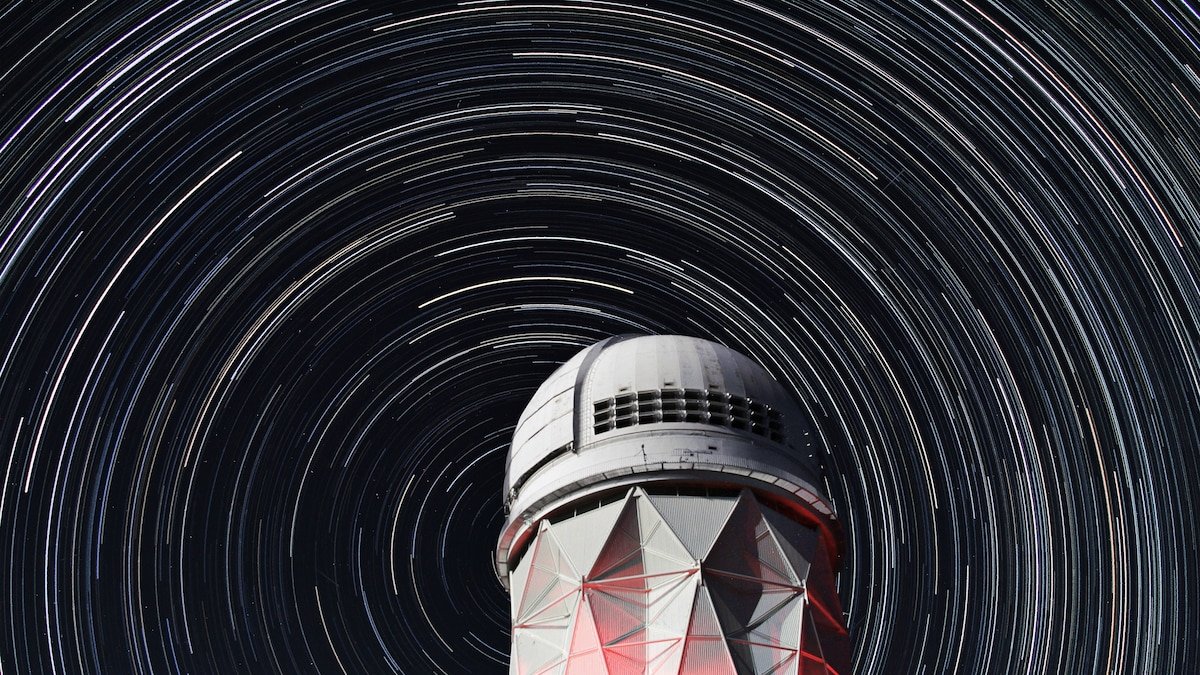As one of the most popular tourist destinations in the world, Rome welcomes hordes of tourists every day. However, 2025 is the Holy Year of the Catholic Church, and the amalgamation of 35 million pilgrims visiting the Eternal City for the Jubilee might make your Roman holiday more hell than heaven if you don’t plan ahead. Although the local administration made many infrastructure renovations, Rome will still be overpopulated – not to mention plagued by price inflation for everything from lodging to food.
So why not adopt the popular saying “when in Rome, do as the Romans do,” and branch out? We, as Roman locals, often choose to leave the chaos of the city in favor of a more peaceful day out in the countryside or the beauty of a smaller village. According to Unexpected Italy, “Seventy percent of tourists visit only one percent of Italy.” Apart from missing out on discovering other places, visitors have an unrealistic experience of what the country truly is outside of its main tourist hot spots.

Forty-six miles outside of Rome, the Garden of Ninfa is a must-see site that features medieval ruins, a 12th-century castle, multiple churches including the Church of Santa Maria Maggiore, and it’s also home 1,300 botanical species, including birch, water rose, and deciduous magnolia.
Photograph by ValerioMei, Shutterstock
After hitting the main sights of the Eternal City, you, too, might find a more pleasurable time visiting some of the nearby towns. The perks are endless: you can still enjoy what makes Rome, well, Rome—its history, food, and art—while avoiding the crowds and the skyrocketing prices. Here is a list of towns you can travel to from Rome in under two hours for diverse spring experiences.
(Related: The ultimate guide to the 2025 Jubilee in Rome.)
Relax in a garden state of mind in Ninfa
Fifty miles south of Rome, the Giardino di Ninfa rises on the abandoned ruins of a lost town. The New York Times described it as “the most romantic garden in all of Italy.” You can only enter the privately owned gardens on certain days between March and November, which allows for the perfect opportunity for a south-bound spring trip when most flowers are in bloom.
Half-collapsed towers, open-sky churches, river bridges, and romantic porticoes are adorned by 1,300 species of flowers and plants. The gardens of Ninfa would provide the perfect scenery and ambiance for a fairytale. With only the sounds of nature surrounding you, birds chirping, and water murmuring; it’s not hard to imagine fantastic creatures jumping out of every bush and tree.
Nearby, the towns of Norma and Sermoneta are perched atop the hills looming over the garden. Pop into Norma to visit a chocolate factory museum and the Ancient Roman archaeological site of Norba; you can also paraglide over the area, and visit the 13th century Caetani Castle in Sermoneta.
(Related: 6 of the best Italian hill towns, from art enclaves to historical sites.)
Swim by Anzio’s ancient ruins
When the weather is too hot to bear in the city, head southwest to one of the many beach towns on the Roman coast. In Anzio, you can sunbathe or dip into the clear-blue sea next to the ruins of an Ancient Roman imperial villa and the Grottoes of Nero. The archaeological site is, quite literally, part of the beach; no ticket is needed to enter it, and you can do so as part of your swim or promenade on the shore. Ancient Antium was a holiday destination and birthplace for many emperors. Caligula loved the town so much that he wanted to make it the capital of the empire, but the archeological sites are named after Nero, who expanded the imperial villa into a majestic mansion.

Visitors in Anzio can swim or sunbathe next to the ruins of an Ancient Roman imperial villa and the Grottoes of Nero. No ticket is required.
Photograph by Alessandro0770, Alamy Stock Photo
Once you’ve enjoyed the Tyrrhenian sea and feasted on delicious local seafood, visit two nearby museums: Museo Civico Archeologico di Anzio, with ancient finds from the area, and the Museo Storico dello Sbarco, with relics from the landing of the Anglo-American troops in 1944.
(Related: 8 of the best coastal towns in Italy you may not have heard of.)
Time walk in Viterbo’s medieval neighborhood
Situated northeast of Rome, Viterbo is the second largest city in Lazio, but it can hardly compete with Italy’s capital in terms of population and size with its 66,000 inhabitants versus Rome’s three million residents. In Viterbo, you can opt for a quiet walk in the city center paired with a natural wellness retreat.
The medieval San Pellegrino district is one of the best preserved in Europe, with its profferli (external stairs typical of Middle Ages architecture), towers, arches, alleyways, churches, and squares. Touring San Pellegrino can help you paint a realistic picture of what a medieval city looked like; so much so that Netflix chose Viterbo to film scenes from its 2024 show Decameron, set in Florence during the 1300s.
Don’t miss the Palazzo dei Papi, where the papacy was moved between 1257 and 1281. After touring the historical center, you should take advantage of the area’s natural springs and pamper yourself at one of Viterbo’s many thermal baths. You can brave the wild springs of Sorgenti del Bullicame or indulge in one of the many spa resorts like Terme dei Papi
(Related: 10 must-do experiences in Italy’s Lazio region.)
Discover Tivoli’s three villas
Wander amid nature, art, and history in Tivoli, only 18 miles east of Rome, and visit three diverse historic villas. The oldest is Villa Adriana, the 120-hectare (49-acre) park built on the ruins of the magnificent residence of Emperor Hadrian. An admirer of Ancient Greek and Egyptian architecture, Hadrian took inspiration from his vast travels and fused eclectic elements in his palatial grounds, like a Greek Poikilos, an Egyptian Canopus, along with classic Roman elements like thermal baths and an open-air theater. Next up, the park of Villa Gregoriana was inaugurated by Pope Gregory XVI in 1835 and features Roman temples and roaring waterfalls amid its sylvan paths. This is better experienced through a guided tour that can be booked here.
Last, but certainly not least, Villa d’Este is perhaps the most exuberant of the three villas in Tivoli. It has pompous 16th-century Renaissance-style interiors and vast grounds. The gardens are a masterpiece in hydro-engineering, featuring 255 mini-waterfalls, 100 pools, and 50 fountains, all powered by natural pressure. On a good day, you can glimpse the outline of St. Peter’s Basilica’s dome in the distance.
(Related: How to plan the ultimate trip to Tuscany.)
Spend a day at Bracciano’s lake
A day trip to Lago di Bracciano is never a bad idea. One hour northwest of Rome, the 5600-hectare (13,837-acre) lake is equipped for sunbathing, swimming, and various water sports—so pack accordingly. Three charming towns face the lake: Bracciano, Anguillara Sabazia, and Trevignano Romano. If the weather is not good enough to go in the water, there is still plenty to do around here. The coastline is 30 miles long and sets the mood for a romantic walk or drive that features panoramic viewpoints and plenty of stands selling local gastronomic and artisanal products.
Visitors to the lake region should consider visiting the imposing Castello Orsini-Odescalchi in Bracciano. Built in 1470, the castle is still furnished as it once was, with original tapestries, frescoes, and furniture. It also houses a museum with collections of medieval armor and weapons, as well as ceramics and paintings.
(Related: These are the must-see sights of Italy’s Abruzzo region.)
Federica Bocco is a journalist, travel writer, and entertainment critic based in Italy.











